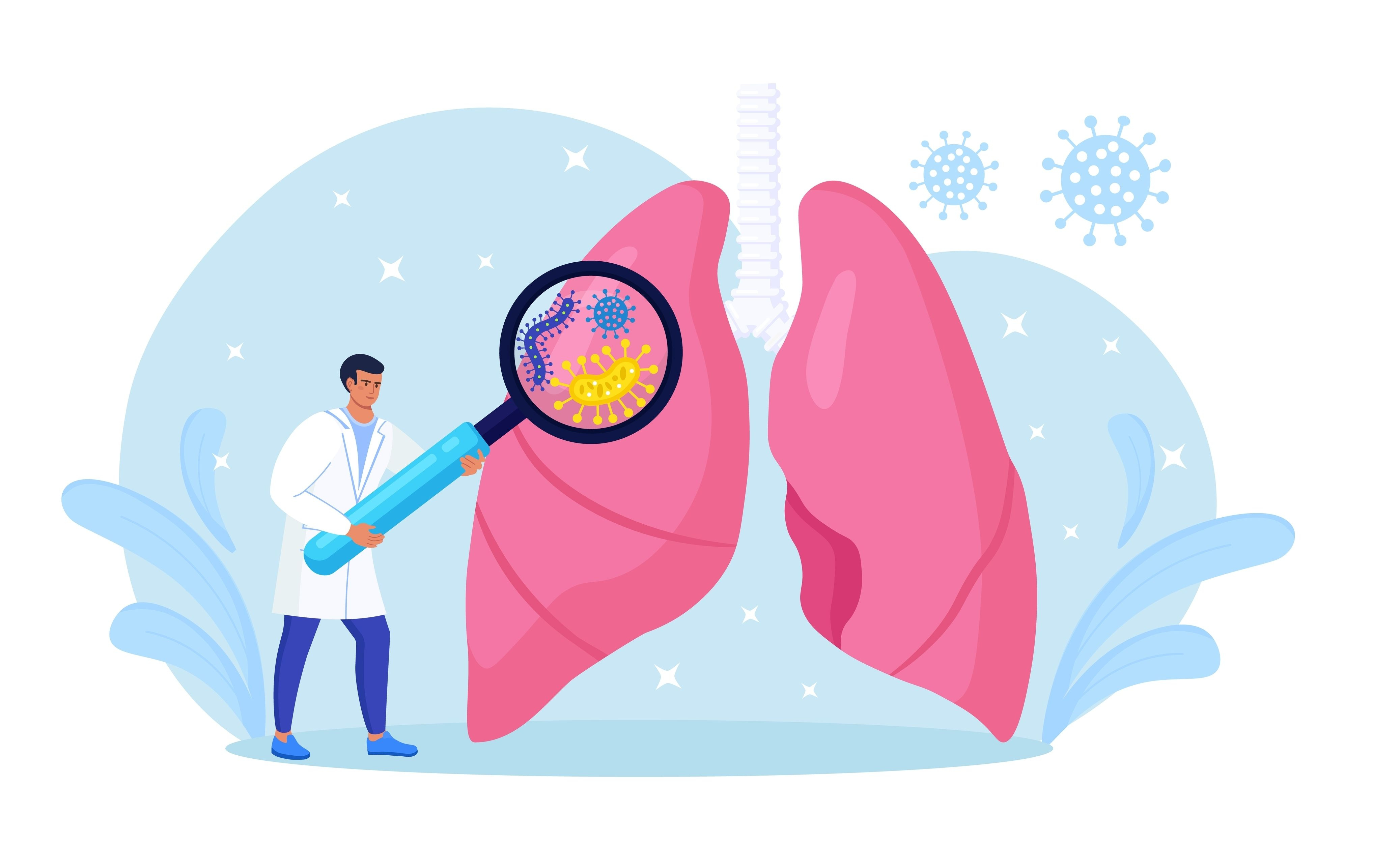Treatment of Pneumonia
If a pneumonia infection has been identified, refer symptoms to the registered nurse
• Assess pain
• Administer medications to relieve symptoms if required and prescribed
• Monitor breathing, check vital observations 4-hourly and auscultate lungs
• Check for laboured breathing, cyanosis, and cold and clammy skin
• Coughing and deep breathing should be encouraged, educate on holding the sternum when coughing
• Place resident in a semi-fowler's position to facilitate breathing and lung expansion
• Encourage or assist in changing the resident's position often and encourage ambulation as tolerated to prevent secretions from accumulating
• Monitor and record the sputum colour, consistency, and amount
• Encourage fluids
• Educate on hand washing and disposal of secretions properly to prevent infection from spreading
• Prevent transmission by implementing standard and transmission-based precautions
• Isolate
TreatmentAntibiotics are prescribed by the doctor at the initial diagnosis of pneumonia, regardless of whether it is viral or bacterial. Once results from a sputum sample are available to the doctor, they may adjust antibiotic treatment to ensure it is necessary and appropriate. Antibiotics cannot treat viral pneumonia. Antibiotics can be taken orally in mild cases of pneumonia and in moderate to severe pneumonia sometimes antibiotics need to be administered intravenously, usually in a hospital. Over-the-counter medications may be prescribed by the doctor to treat symptoms. |